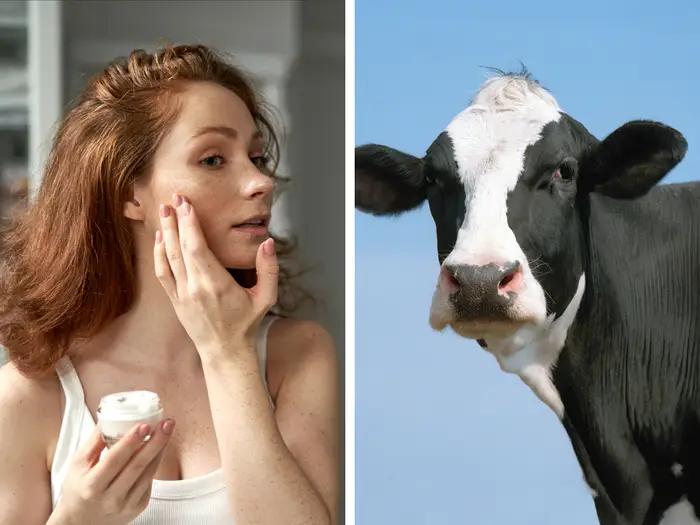When the Old Ways Make More Sense
A few weeks ago, I had a professional makeup artist do my makeup. (No, this ain’t a regular occurrence—it was for my book cover photo shoot, and I needed to look like something other than a woman who’d been wrestling calves all morning.)
As she was working her magic with brushes and whatnot, she kept commenting on my face. Said she rarely sees skin that’s so evenly and deeply moisturized, especially for someone living in one of the driest, most wind-blown places this side of Mars.
(Considering I live in Wyoming where the wind could strip paint off a barn, this was high praise indeed.)
So which fancy, high-tech modern skincare line do I use to get such remarkable results? Some expensive cream that costs more than a good milk cow?
None of the above.
For the last 18 months or so, I’ve used nothing on my face but beef fat—aka beef tallow—and I’m here to tell you it works better than anything I’ve ever tried.
When I tell people this, I hear a lot of “ick!” responses, like I just suggested they rub roadkill on their cheeks. I get it—the thought of using animal fat on our skin can seem stranger than socks on a rooster.
But if we can step outside of our modern mindset for just a hot minute, it makes a ton of old-fashioned sense.
How did we do {fill in the blank} before industrialization told us otherwise?
This question has been rattling around my brain like a marble in a mason jar lately, and answering it leads down some fascinating rabbit holes.
For thousands of years—and I mean thousands—people used animal fats on their skin. They were readily available, effective, and didn’t require a chemistry degree to understand the ingredient list.
But then the industrial mindset came bulldozing in like a freight train, telling us there were better, fancier, more “civilized” ways to moisturize our skin.
But OF COURSE these things were still better than animal fats… right?
Right?
As a result, we’ve ended up with a 49-billion-dollar beauty industry in the USA. (That’s a real number, not something I pulled out of thin air like a magic trick.)
But even in our high-tech world, the old, simple ways still work.
And skincare is no exception to this rule.
Here’s why I’ve switched exclusively to beef tallow, and why it makes more sense than a pocket on a shirt:
→ It’s sustainable as all get-out.
→ It’s skincare you can technically grow yourself. Try growing your own coconut oil or shea butter in Montana. I’ll wait.
→ It’s really, really good for our skin. Many folks use tallow to manage symptoms of eczema and psoriasis—conditions that expensive store-bought creams often can’t touch.
→ One size fits all. It works for hands, faces, under-eyes, you name it. The days of needing an entire bathroom cabinet full of different lotions and potions are over, folks. This is skincare that doesn’t require a flow chart to figure out.
It’s creamy, smells amazing, and makes my face glow like I’ve been living right.
My skincare routine?
I apply the balm in the morning after I wash my face, and then again at night after I shower. I
That’s it. Simpler than Sunday morning.
And it works better than anything I’ve ever used, even though I’m not using a single “high-tech” beauty product.
The makeup artist wasn’t just being polite—my skin really is more moisturized and healthier than it’s been in years.
Here’s the thing about old ways:
They became old ways because they worked. Our ancestors weren’t stupid—they figured out what was effective through trial and error, and they passed that knowledge down because it was worth keeping.
We’ve gotten so caught up in thinking that newer automatically means better that we’ve forgotten some of the simplest, most effective solutions were right there all along.
You might be surprised by what you find when you start digging into the old ways. Sometimes the best innovations are actually the oldest ones, just waiting for us to remember why they worked in the first place.


Leave a Reply